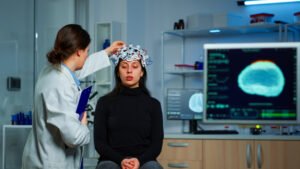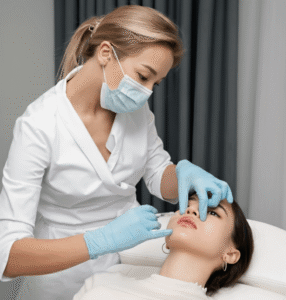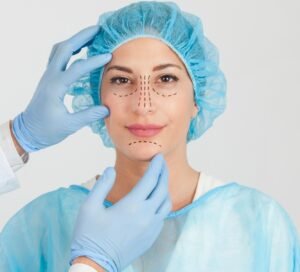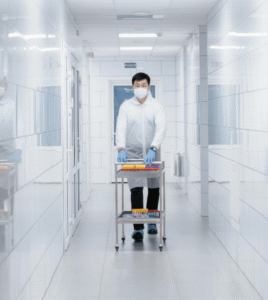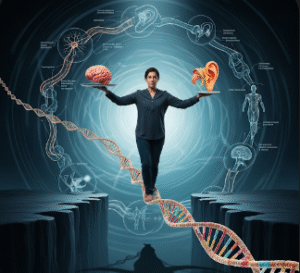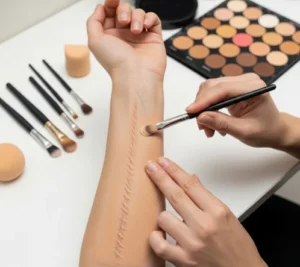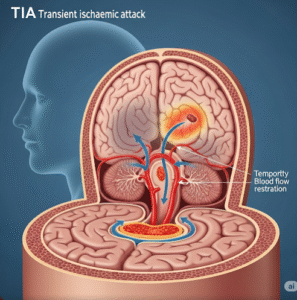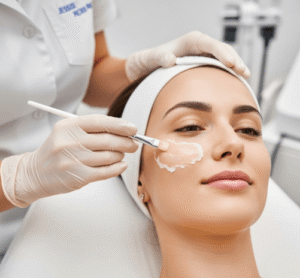Overview
Testicular torsion is a medical emergency that occurs when the spermatic cord twists, cutting off blood flow to the testicle. This condition can lead to severe pain, swelling, and, if untreated, permanent testicular damage or loss. It is most common in adolescent boys and young men but can occur at any age. South Korea provides prompt emergency care, surgical intervention, and follow-up management to ensure rapid restoration of blood flow, preservation of testicular function, and prevention of recurrence.
What is Testicular Torsion?
Testicular torsion is the twisting of the spermatic cord, which contains blood vessels, nerves, and the vas deferens, responsible for supplying blood to the testicle. The torsion reduces or completely obstructs blood flow, causing ischemia and severe pain. Prompt diagnosis and surgical intervention are critical because testicular viability diminishes significantly after six hours of torsion. In Korea, urologists utilize modern diagnostic imaging and emergency surgical techniques to restore circulation and prevent permanent testicular damage.
Symptoms
Symptoms of testicular torsion usually appear suddenly and are severe, including:
- Acute, intense pain in one testicle
- Swelling and redness of the scrotum
- Nausea and vomiting due to severe pain
- High-riding testicle or abnormal positioning within the scrotum
- Tenderness and warmth over the affected testicle
- Pain radiating to the lower abdomen
- Possible fever in prolonged cases
Immediate medical attention is crucial; delaying treatment can result in testicular loss.
Causes
Testicular torsion is primarily caused by anatomical factors that allow the testicle to twist more freely within the scrotum:
- Bell clapper deformity: A congenital condition where the testicle is inadequately attached, increasing mobility
- Trauma: Direct injury to the testicle may precipitate torsion
- Rapid growth during puberty: Sudden enlargement of the testicle can increase the risk of twisting
- Physical activity: Intense exercise or sudden movements may trigger torsion in susceptible individuals
- Cold temperatures: Can cause contraction of the cremasteric muscle, contributing to torsion
In South Korea, pediatric and adult urologists are trained to recognize high-risk individuals and provide prompt intervention.
Risk Factors
Several factors increase the likelihood of testicular torsion:
- Age between 12 and 18 years, when rapid testicular growth occurs
- Family history of testicular torsion
- Congenital anomalies such as bell clapper deformity
- Prior torsion episodes in the same or opposite testicle
- Trauma or vigorous physical activity
Early identification of at-risk individuals in Korean clinics allows for preventive counseling and monitoring.
Complications
Untreated testicular torsion can result in severe complications:
- Permanent testicular damage due to ischemia
- Infertility if both testicles are affected or if the viable testicle is compromised
- Loss of the affected testicle requiring orchiectomy
- Chronic pain or scrotal swelling
- Psychological distress and anxiety related to surgical intervention or fertility concerns
- Increased risk of torsion in the remaining testicle if prophylactic fixation is not performed
Timely treatment in South Korea minimizes these risks and preserves reproductive and hormonal function.
Prevention
While some cases of testicular torsion cannot be prevented due to congenital factors, certain strategies can reduce risk:
- Awareness of symptoms: Educating adolescents and parents to recognize sudden testicular pain
- Prompt medical evaluation: Immediate attention to scrotal pain can prevent irreversible damage
- Prophylactic surgery: Fixation (orchidopexy) of a testicle with anatomical predisposition to torsion
- Avoidance of trauma: Using protective gear during sports or high-risk activities
Korean urologists frequently perform prophylactic fixation on the unaffected testicle during surgery to prevent future torsion.
Treatment Options in Korea
Treatment of testicular torsion is urgent and primarily surgical:
Diagnosis:
- Clinical examination to assess scrotal swelling, tenderness, and testicular position
- Doppler ultrasound to evaluate blood flow to the testicle
- Immediate decision for surgical intervention based on clinical suspicion
Surgical Treatments:
- Detorsion and orchidopexy: Untwisting the affected testicle and fixing it to the scrotal wall to prevent recurrence
- Orchiectomy: Removal of the testicle if it is nonviable due to prolonged ischemia
- Prophylactic orchidopexy: Fixation of the opposite testicle to prevent torsion
Supportive Care:
- Pain management and anti-inflammatory medications
- Postoperative care including scrotal support and limited physical activity
- Follow-up evaluation to monitor healing, testicular viability, and function
- Fertility counseling if there is concern regarding reproductive capacity
South Korea’s emergency and urology departments are well-equipped to provide rapid surgical management, ensuring high rates of testicular preservation and minimal long-term complications.



